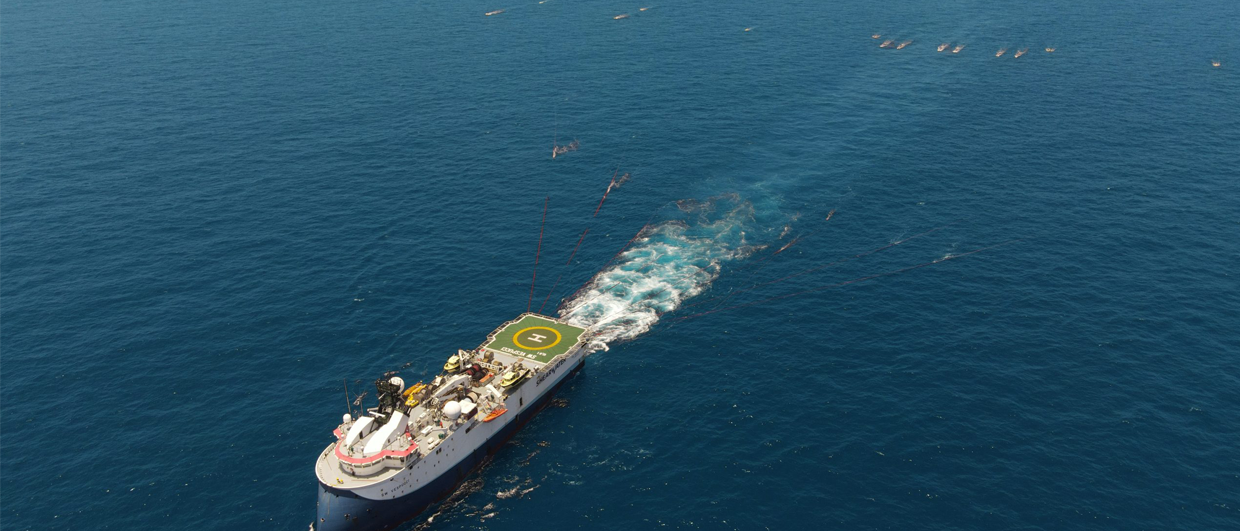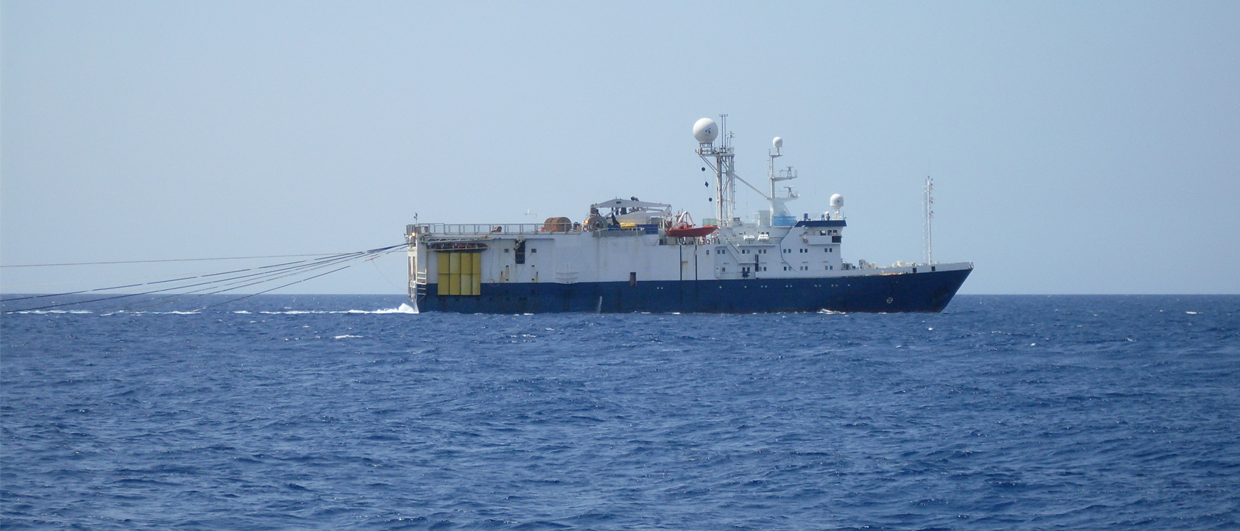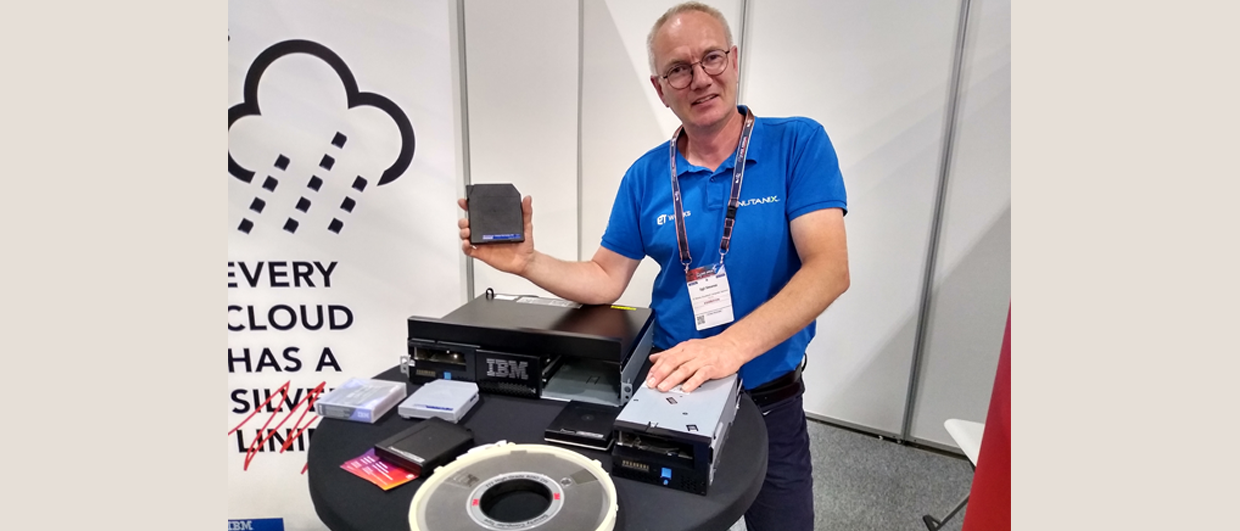This week, I read two very different articles about the state of the marine seismic business; one by Andrew McBarnet – columnist for EAGE’s First Break – and one by David Brown, correspondent for AAPG’s Explorer.
Where Andrew painted a grim picture – “…, the business is a shadow of its former days” – the title of David’s article suggests that the good times have just begun: “Reserve Pressure Drives Global Seismic Push in 2025”.
In a way, it is fascinating how it is possible to paint two such apparently contrasting pictures of the same industry. And yet, both probably have a point, the difference being whether you look long-term or short-term. Andrew clearly looks at the longer term and observes that 10 years ago, there were around 63 vessels acquiring streamer data, whilst up to recently, it was about 9. And “there is no obvious end in sight”, he writes.
David chose not to emphasise so much the overall state of the industry, but provides a breakdown of countries where streamer and OBN data will (soon) be acquired instead.
When I spoke to a few representatives of the seismic business at MEOSGEO in Bahrain only a few weeks ago, the mood seemed much more representative of the picture Andrew painted though. I was also told about the dramatic drop in number of vessels along the very same lines as what Andrew described, without a clear turning point being in sight.
The million-dollar question therefore is; will this turning point happen and when, or has it already happened as David seems to write between the lines?
“bp was talking at length about the value of seismic data,” said TGS boss Kristian Johansen during the opening panel address at IMAGE in Houston this August, suggesting that the majors are still taking seismic acquisition very seriously.
Maybe that’s all the case, but a fact is that the current low levels of activity have already led to some critical parts of the marine seismic industry to collapse, as someone told me at MEOSGEO. He explained me how the manufacturer of a critical and niche element of seismic streamers has gone out of business because of a lack of demand from the market. The implication of this is that when a seismic company now wants to order new streamers, they will have a more challenging time finding a supplier that has the capability to manufacture the new kit. “It came with a long process of basically educating the new supplier on how to do it,” the person told me.
Apart from the loss of technological know-how, there is the price pressure that is forming a challenge for the companies that are now left in the arena. “The main question we get,” said Kristian Johansen at IMAGE, “is if we can do it cheaper.” This comment exposes an issue that underlines an important development in the industry. “The Chinese are underbidding projects by 50 to 60%, said someone to me. This obviously puts enormous pressure on competitors, but what can you do as a company when your shareholders want a quarterly return? The Chinese think longer term; short-term pain for long-term gain. However, the question then raises how long the Chinese can continue funding this. They are following this strategy in other industrial sectors too, I was told, and you wonder how deep the Chinese pockets are.
All in all, this makes for interesting times. “What could turn the tide around?”, is the big question. Shooting more 4D is not the option, as these surveys do not have the scale required to justify maintaining a fleet. What is really missing is a big push for exploring new frontiers. With many of the major IOCs not replacing their reserves through exploration, it does make sense to think it is that fact that will drive a return to new regional seismic acquisition.
That also seems to be the hope that keeps the seismic companies build their confidence on. “With falling remaining reserve life, many large E&P companies will face declining production rates unless more reserves are added and brought on stream. As a result, we remain optimistic for the long-term opportunities,” Kristian Johansen added.
If that is the case, the question still is if all of this activity will be in the streamer domain. The Persian/Arabic Gulf is carpeted with nodes to find additional resources, and the land seismic business is equally busy in the Middle East, as someone shared with me recently.
In conclusion, whether we are starting to see the beginning of an upturn, as David Brown’s in the AAPG Explorer seems to hint to, is still very much up for debate I think.



